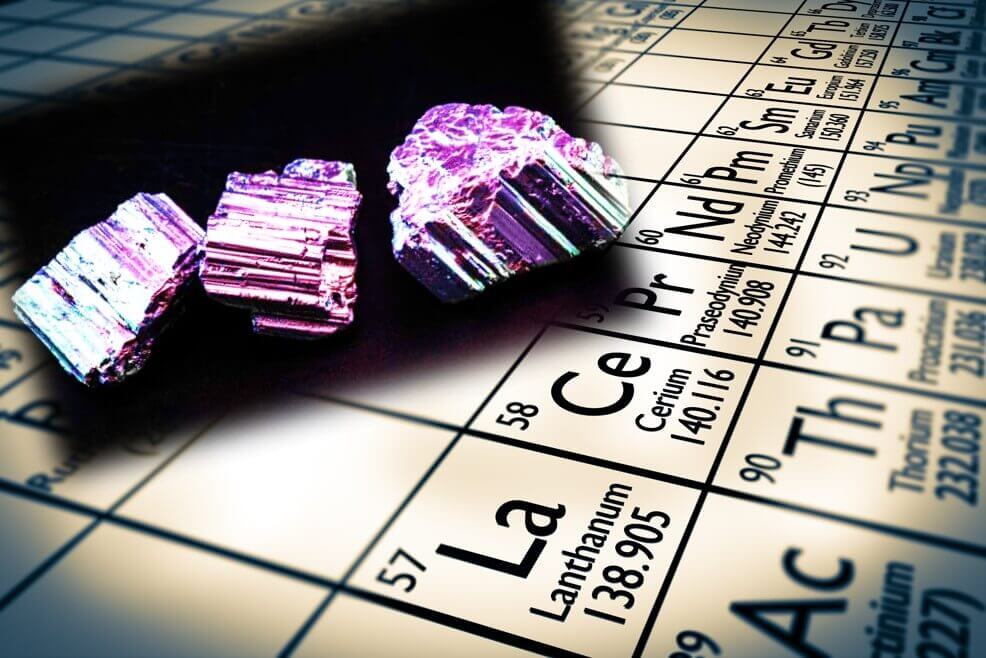
China’s Rare-Earth Dominance – A Death Knell for Free World
Fri, 12 Mar 2021 | Reading Time: 8 minutes

“Change is constant, but no amount of change will turn the attitude of vulture to that of eagle.”
― Bamigboye Olurotimi
Over the past several decades, while the United States was busy with unnecessary wars and the European Union was hoping to bring China into the democratic fold, China single-mindedly continued on its economic path. Its leaders foresaw the future and identified one strategically important industry that if they mastered then the whole world would be dependent on China for a foreseeable future. That industry was rare earth elements (REEs). Working ruthlessly on that goal Beijing established itself as the dominant global supplier of REEs.
What the Heck are Rare Earth Elements?

Courtesy: geology.com
Rare earth elements are a collection of 17 minerals that are essential for advanced technologies, and most importantly, military weapon systems. Most of the REEs are not as rare as the group’s name implies. They were called rare because they are spread very evenly all over the Earth and not concentrated in one place. Promethium is the only REE that is scarcer than silver, gold, and platinum. The other two least abundant rare-earth elements (thulium and lutetium) are nearly 200 times more common than gold. Ore deposits of REEs are found in unusual rock types and uncommon minerals. Compared to a common base and precious metals, rare-earth elements have a much lesser tendency to become concentrated in exploitable ore deposits. Consequently, most rare earths come from a small number of sources.
Why Do We Need Rare Earth Elements?
Why can’t we live without rare-earth elements? They are present in many day to day use gadgets to almost all high tech gadgets. Among the many beneficial qualities, rare-earth batteries are environment friendly, offer greater energy density, and better discharge characteristics. High-strength rare-earth magnets helped in the miniaturization of audio and video equipment, computers, vehicles, communication systems and military gear. Another REE erbium amplifies the signal. It is used in fibre-optic cables to transmit signals over long distances. The defence industry has tremendous usage of REEs. Some of them are:
| Defense Uses of Rare Earth Elements | |
| Lanthanum | night-vision goggles |
| Neodymium | laser range-finders, guidance systems, communications, laser weapons |
| Europium | fluorescents and phosphors in lamps and monitors |
| Erbium | amplifiers in fibre-optic data transmission |
| Samarium | permanent magnets that are stable at high temperatures used for: Fin actuators, to control flight patterns in missile guidance and control systems, Disk drive motors installed in aircraft and tanks, Radar and sonar systems, Satellite communications |
| Samarium | precision-guided weapons |
| Samarium | “white noise” production in stealth technology |
Where Do We Stand Today?
Rare-earth elements can be called new gold or oil. They play a major role in technological advancements. Everything from satellites, computers, mobile phones to most modern military hardware heavily depend upon rare-earth elements. Modern aircraft like F-35 utilizes over 400 kilograms of rare-earth material.
In 2019 Japan was the highest importer of Chinese rare-earth, 36 percent, the US took in 33.4 percent followed by the Netherlands-9.6 percent, South Korea-5.4 percent, and Italy 3.5 percent. China’s top export volume in 2019 was Lanthanum (used in hybrid vehicles, about 10-15 kilograms), at 42.6 percent, however, Terbium (used in solid-state electronic devices, television screens and sonar systems) due to higher value was the top earner.
In the year 2015, the American Mineral Security Act was passed to identify which minerals are critical and critically need diversification of the supply chain. However, according to the U.S. Government Accountability Office, it would take 15 years to overhaul the defence supply chain, meaning that any changes to it need considerable lead time. Simple mathematics indicates that if the USA had started working on the issue in 2015 it would be able to resolve it only by 2030. This rings a bell and explains Chinese President Xi Jinping’s sudden desire to dominate the world before 2030.
Even though China holds less than 36% of the world’s REEs reserves, through territorial control or exclusive mining rights today it controls the production of roughly 90 percent of the rare-earth minerals. Additionally, China is less burdened with environmental or labour regulatory requirements that can greatly increase costs incurred in mining and manufacturing of REEs. In the decade starting from 2008, China exported 42.3 percent of the world’s total rare earth exports. The United States was a distant second at 9.3 percentage. Malaysia, Austria, and Japan were among top five.
In 2019 worldwide rare earth imports stood at just $1.15 billion, which is zilch when compared to over $1 trillion global crude oil imports. However, estimating the total value of industries that utilize these minerals is astounding. In 2020, Apple Inc alone had a turnover of $294 billion, and their manufacturing heavily dependents upon REEs.
How Did China Get Here?
Throughout the 20th century, the United States was largely self-sufficient, with all of its REE needs being met domestically. The situation started to change in the 1990s as a result of various aspects concerning China:
- Free trade agreements with the United States
- Lower labour costs
- Lax regulatory and pollution requirements
- The exploitation of rare earth resources to expand electronics manufacturing
- Exploiting vulnerabilities of poor countries
- Shutting down of the US plant due to regulatory requirements
China exploited cash-strapped African nations. It utilized an age-old barter system to gain mining rights. The Democratic Republic of the Congo has awarded rights to China to the country’s lithium, cobalt and coltan mines. In return, China builds urban roads, highways and hospitals. Kenya awarded mining rights to China in exchange for a $666 million data centre. Angola, Cameroon, Tanzania and Zambia were also targeted for REEs, especially Tanzania that has deposits of neodymium and praseodymium key components in precision-guided munition technology.
China is utilizing similar tactics in Latin America and the Caribbean. After a $8.4 billion rare-earth deposit discovery in Brazil, China has become its undisputed top trade partner.

World REE Production 2020: Courtesy statista.com
New Discoveries are Good News
Japan in its far eastern territorial waters has discovered massive deposits. There could be enough yttrium, europium and terbium in this deposit to meet global demand for hundreds of years. Numerous companies specialize in underwater mining, but the process is extraordinarily difficult. This also explains China’s scramble to encroach upon territorial waters and islands of neighbouring nations.
Kvanefjeld, Greenland ore reserves of 108 million MT is one of the largest global producers of neodymium, praseodymium, dysprosium and terbium, along with uranium and zinc as byproducts. However, Greenland Minerals Ltd. is already working with China-based Shenghe Resources. Ways and means have to be found to get Greenland out of China’s clutches. In August 2018, then US President Donald Trump offered to buy Greenland. Rings a bell? That explains the importance of Greenland.
In a recent discovery in the Far West Texas a 1,250-tall mountain called Round Top gave promising results that can make America greatly self-sufficient in REEs. The discovery contains five out of six light rare earths, 10 out of 11 heavy rare earths, and all five permanent magnet materials.
Partnerships to Break the Stalemate
Australia-based Lynas Corp. is currently the world’s largest producer of rare earths outside of China. Lynas recently announced joint ventures with U.S. and Malaysian companies. The United States has started building a new rare-earth processing plant in Texas with Lynas, which should reduce some of the pressure provided by any trade restrictions presented by China. Until this happens, the United States will remain vulnerable, affecting the U.S. military‘s competitive edge.
Any efforts to boost access to REEs require a combination of technological advancement and partnerships. The US, Japan, and Australia have announced collaborations in this sector worth hundreds of millions of dollars.
Recent U.S.-China trade conflict, China’s history of cutting rare-earth exports to various nations and coronavirus have expedited other nations’ resolve to look for alternate sources. Jointmanship is the way forward if China’s monopoly has to be broken in this strategically important sector.
Indian Story

Courtesy: Statista.com
Global reserves of REEs were estimated on a rare-earth-oxide (REO) basis to be 120 million metric tons and were led by, in decreasing order of reserves, China, Vietnam, Brazil, Russia, India, and Australia. From this, it is clear that India has the world’s fifth-largest reserves of rare earth elements, but it imports most of the REEs in finished form from China, and that is one unreliable source.
India understood the importance of rare earth way back in 1950, and started extracting rare minerals through the establishment of Indian Rare Earth Limited. The model soon collapsed and imports were the only option left. The reason is that having deposits of RREs is one thing and safely exploiting them is another. The mining and extraction processes demand large capital, energy, and release toxic by-products. In India, REEs are produced from monazite contained in heavy-mineral sands. Significant rare earth minerals found in India are Ilmenite, Rutile, Zircon, Garnet, Monazite and Sillimanite, which are collectively called Beach Sand Minerals.
The two Government-owned producers are the Rare Earth Division of Indian Rare Earths Ltd. (IREL, capacity 6000 MT per year) and Kerala Minerals and Metals Ltd. (KMML, 240 MT per year). Three other companies, National Aluminum, Hindustan Copper and Mineral Exploration Corporation plan on exploring mines in Argentina, Bolivia, Chile and other countries to build strategic reserves of tungsten, nickel and rare earths.
India’s reserves of REEs which were estimated to be 3.1 million MT have been revised to 6.9 million MT. In 2014, Indian Rare Earths and Toyota Tsusho Exploration entered into an agreement to explore and produce rare earths via deep-sea mining. Despite this deal, India’s current rare earths industry’s production is far below its potential. India holds close to 35 percent of the world’s total beach sand mineral deposits. These are substantial sources of rare earths. India’s 2019 rare earths production was mere 3,000 MT (1,800 MT in 2018). Compared to this China produced 132,000 MT, the US 26,000 MT, Myanmar 22,000 MT and Australia 21,000 MT.
Conclusion
As of 2019, China still produced roughly 85 percent of the world’s rare earth oxides and approximately 90 percent of rare earth metals, alloys, and permanent magnets. With such supplies at China’s command, it can strangulate every country’s industry and defence if it disrupts REEs supply chain. All the countries including the U.S. military are highly vulnerable to Chinese retaliation. China, in the past, has used rare-earth minerals as a weapon against the USA and Japan.
It is interesting to note that China’s own REE security is not guaranteed. Two third of China’s REEs production is utilized domestically. What if Myanmar’s Generals put the lid on the exports or decide to sell them to the highest bidder. One has to wait and watch if China was behind the coup in Myanmar to secure the supply of REEs. If China wasn’t behind the coup then it should be equally jittery, since Myanmar was the third-largest producer of REEs in 2020.
India missed its early mover’s advantage and didn’t capitalise on its strength. The production volumes have dwindled over a period of time. Given the situation and deteriorating India-China relationship, China extends little hope that they would cooperate and not employ coercive economic actions in the coming years. Indian REE industry has the scope of earning about Rs 121,000 crore, which includes Rs 50,000 crore worth of foreign exchange. Industries hope that under the ‘Atmanirbhar Bharat’ campaign the Government of India would ramp up the production, reducing dependence on China.
Collaborations and partnerships are the way forward if the world wants to demolish the Chinese monopoly. India can be at the centre of it with the help of Quad members. It has to believe in itself and make the free world believe that ‘Cheap is not always in the country’s national interest’.
References:
- pubs.usgs.gov
- web.mit.edu
- investingnews.com/daily/resource-investing/critical-metals-investing/rare-earth-investing/rare-earth-producing-countries
- investingnews.com/daily/resource-investing/critical-metals-investing/rare-earth-investing/rare-earth-reserves-country
- teriin.org/sites/default/files/2018-08/mining-recommendation-paper.pdf
- southasiajournal.net/the-production-of-rare-earth-why-india-failed
- wsj.com/articles/trump-eyes-a-new-real-estate-purchase-greenland-11565904223
- japantimes.co.jp/news/2021/01/17/business/china-rare-earths/
- bloomberg.com/news/articles/2019-06-10/china-s-grip-on-rare-earths-began-with-a-decision-30-years-ago
- internationalbanker.com/brokerage/rare-earth-elements-will-china-continue-its-market-dominance/
- ft.com/content/d3ed83f4-19bc-4d16-b510-415749c032c1
- asia.nikkei.com/Economy/Trade-war/India-scrambles-to-look-overseas-for-rare-earths-used-in-EVs
*******************************************************************************
Author

A veteran of the Indian Navy, Cdr Dhawan served in the Navy from 1988 to 2009. He was a Maritime Reconnaissance Pilot and a Flying Instructor. He is a geopolitical analyst and writes for the various online websites and organizations.
Disclaimer
The opinions expressed in this article are the author’s own and do not reflect the views of Chanakya Forum. All information provided in this article including timeliness, completeness, accuracy, suitability or validity of information referenced therein, is the sole responsibility of the author. www.chanakyaforum.com does not assume any responsibility for the same.
Chanakya Forum is now on . Click here to join our channel (@ChanakyaForum) and stay updated with the latest headlines and articles.
Important
We work round the clock to bring you the finest articles and updates from around the world. There is a team that works tirelessly to ensure that you have a seamless reading experience. But all this costs money. Please support us so that we keep doing what we do best. Happy Reading
Support Us




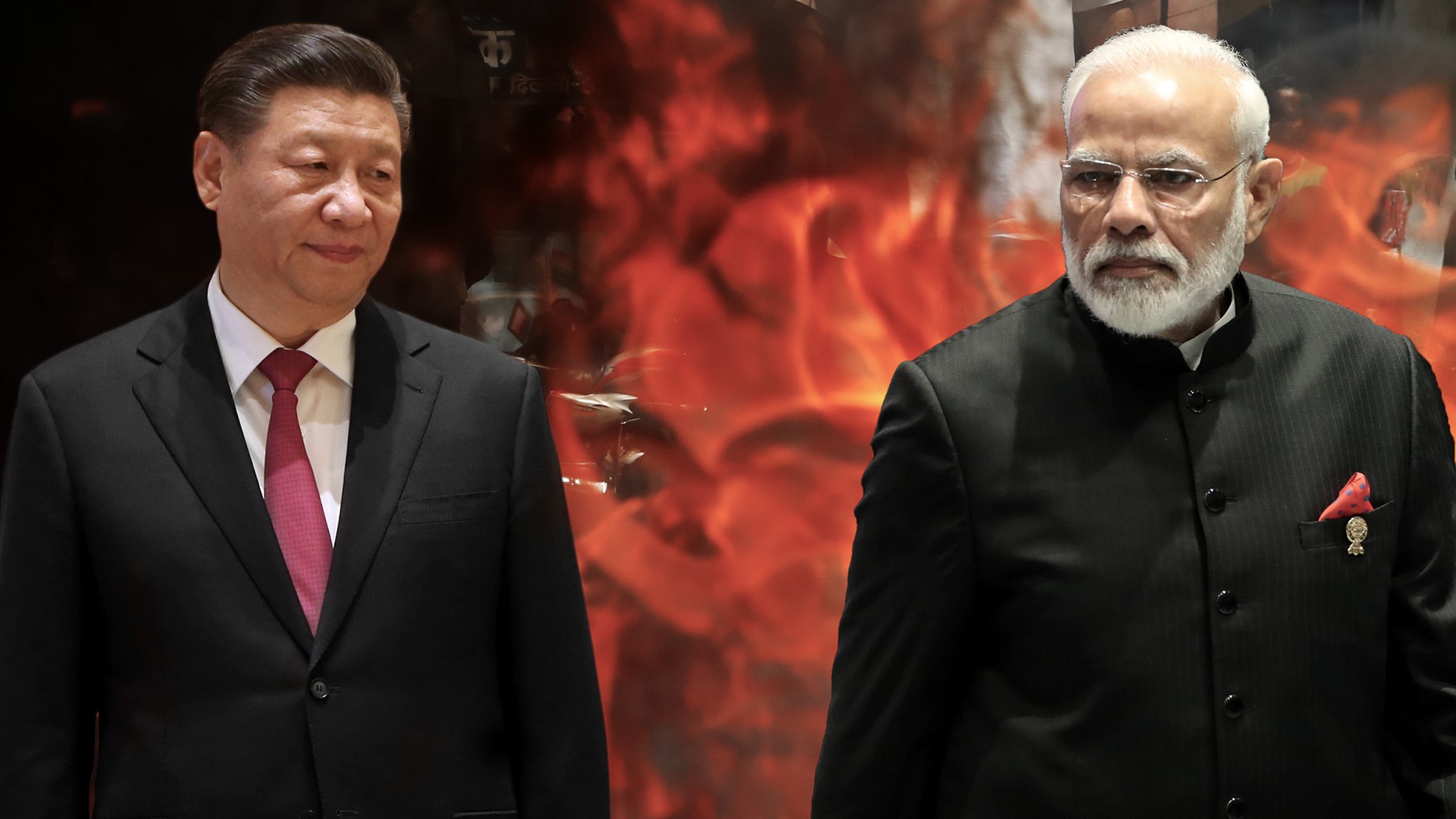
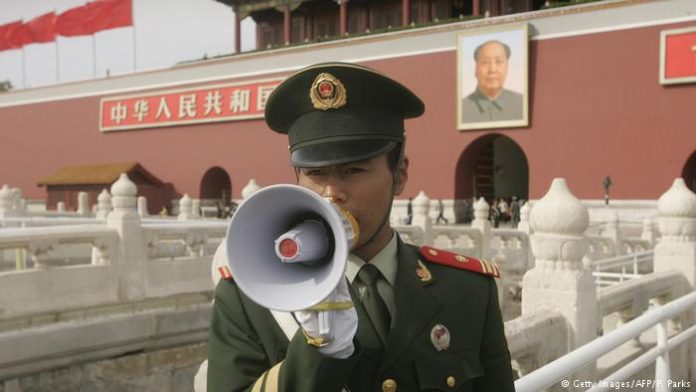
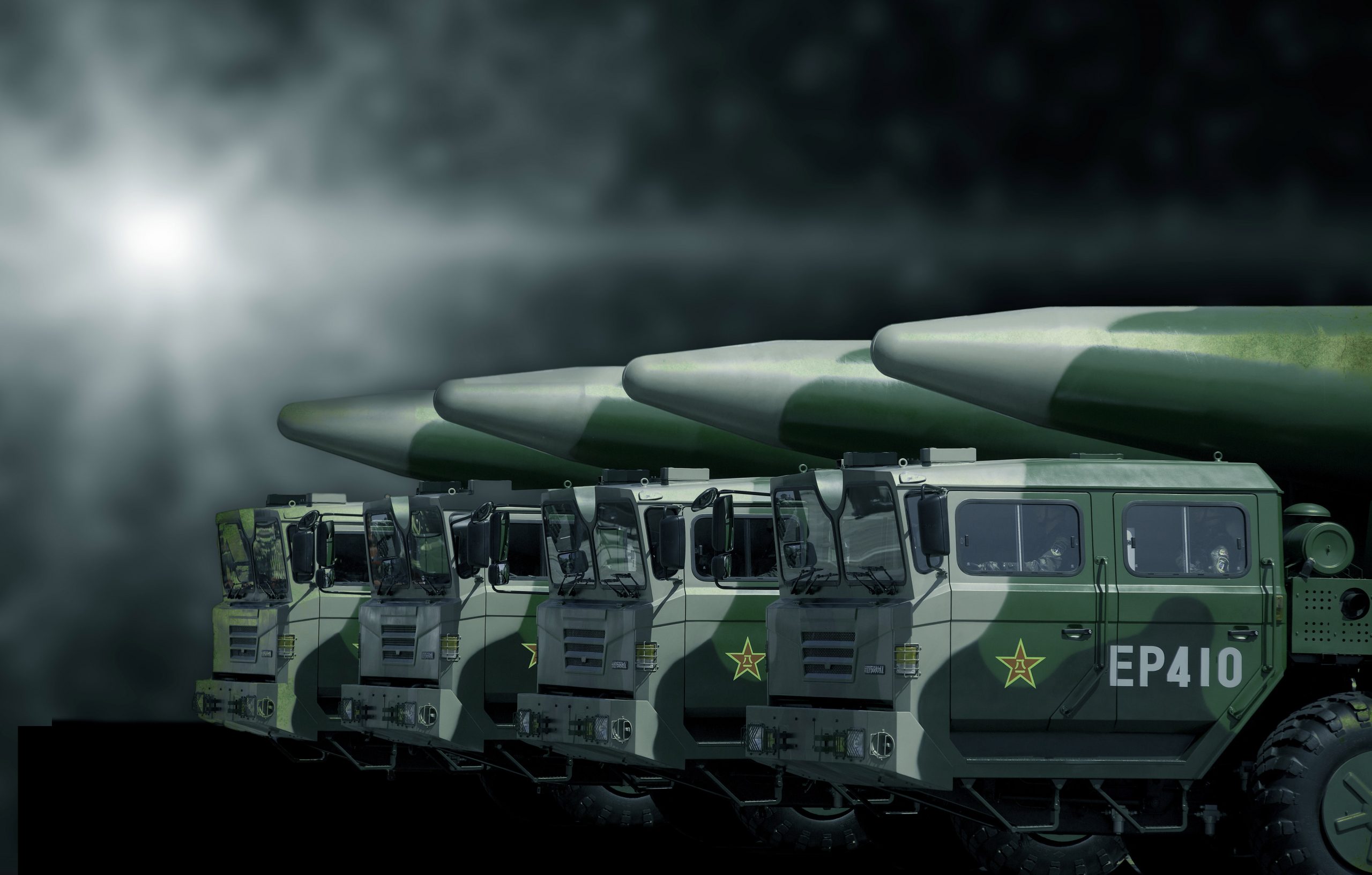

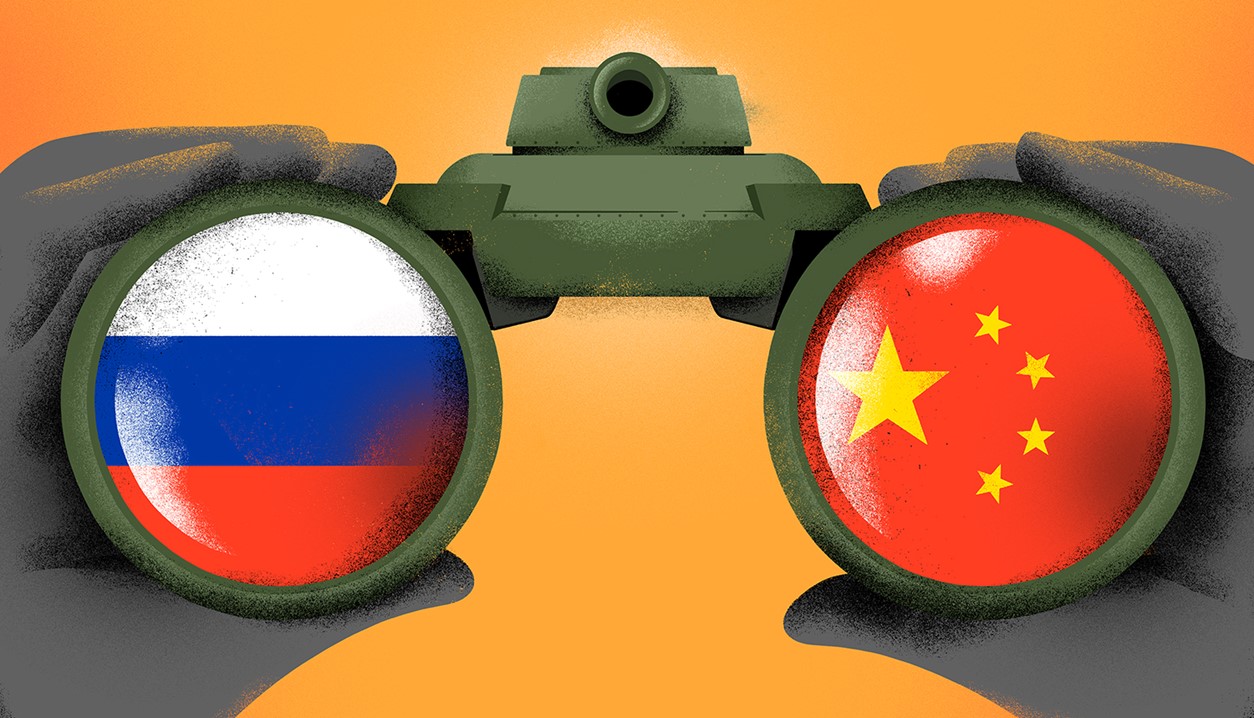

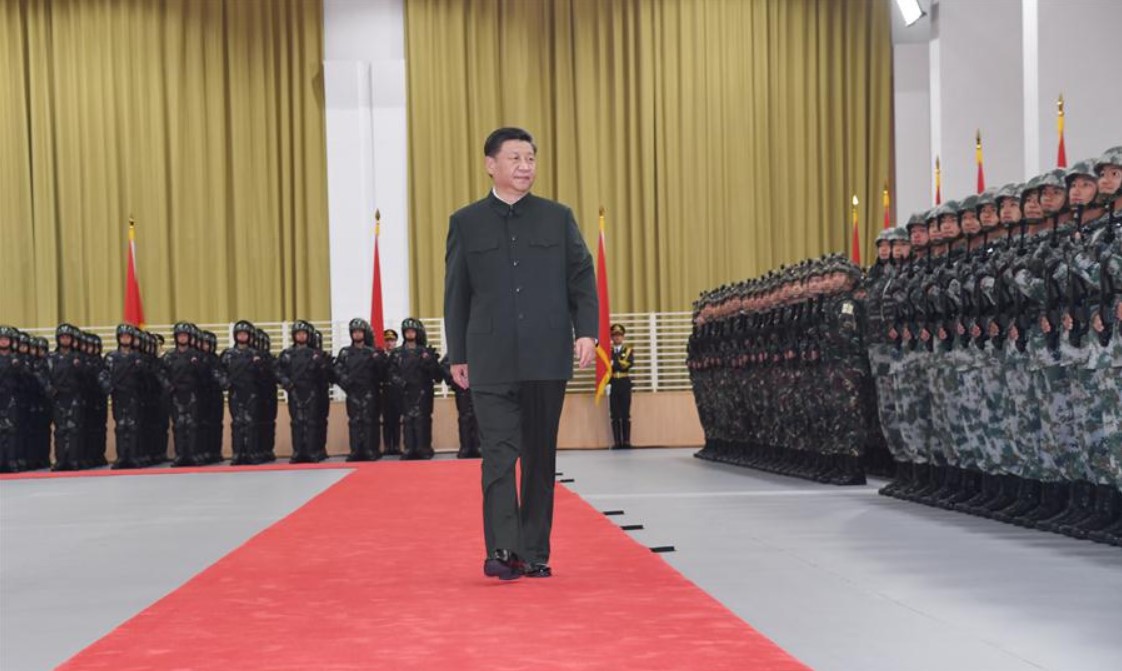









POST COMMENTS (36)
China’s Invisible War With India And The World – Sanatan Renaissance Blog
Rare Earths Reserves: Top 8 Countries (Updated 2023) - Investing News Network - the ultimate USA news
Gary McNeish
Ashish Popli
Rakesh Chhibber
Sanjeev Mittal Hyderabad
Anna Waldherr
elizabeth dunn
Atul Dewan
Nancy Dunham
Samir Kohli
elizabeth dunn
Shailesh Railkar
Wendell Bruges
Samir Kohli
Rakesh Saxena
Amitabh
Vidya Balaji
Joseph Mathew
Ashish Popli
Marilee Wein
Raju Bhadbhade
MAHESH MENON
MAHESH MENON
Sue Meyers
M Thakur
Chanchal
Narinder
Ashish Popli
.
Capt Vinod Sivaraman
Jasbir Chatterjee
GP Singh
Naren
Raman Gupta
Capt Pratap Mehta